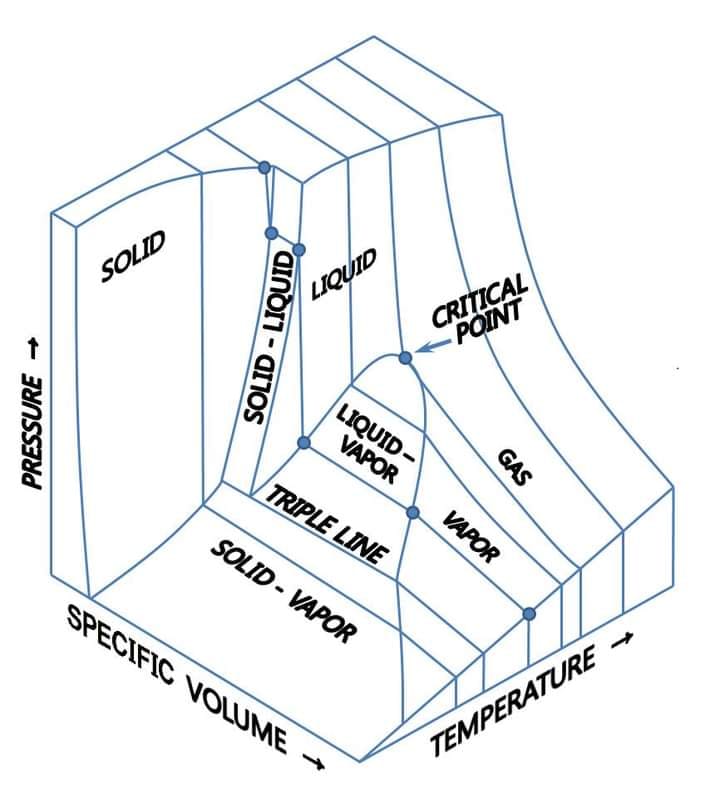
Russell
The complete temperature cycle is as follows:
Centripetal - Electric Domination (Contraction, Compression)
Cold generates (applied vacuum as vacuum is cold)
Generating bodies contract (swirling to center)
Contracting bodies heat (molecular and atomic structures squeeze out interatomic orbits)
Centrifugal - Magnetic Domination (Radiation)
Heating bodies radiate (reach out enharmonically)
Radiating bodies repel (bodies = molecular or atomic structures)
Repelling bodies expand (media composed of molecular or atomic bodies)
Expanding bodies cool (molecular and atomic media)
Thus the cycle of opposition is completed. One effect of motion is always followed by its opposite:
Centripetal - Electric Domination (Contraction, Compression)
Cold integrates (cold swirls to center)
Integrating bodies decelerate rotation (spin slows)
Decelerated rotation contracts (orbit radius decreases)
Contracting bodies heat (molecular and atomic media)
Centrifugal - Magnetic Domination (Radiation)
Heating bodies disintegrate (exceeds orbital gravity)
Disintegrating bodies accelerate rotation (spin increases)
Accelerated rotation expands (orbit radius increases)
Expanding bodies cool (decreased aggregation (dispersion)
[Russell, The Universal One, Book 02 - Chapter 18 - Expressions of Gravitation and Radiation; notations by Dale Pond]
Compare the above with the Bjerknes Effect and Law of Variation of Atomic Pitch by Temperature .
See Also
Bjerknes Effect
Cold - Russell's original terms
Dynaspheric Force
Father-Mother Principle
Heat Engine
Heat pump and refrigeration cycle
Law of Assimilation
Law of Attraction
Law of Repulsion
Law of Variation of Atomic Pitch by Temperature
mate-pairs
Peltier Effect
REGENERATIVE HEAT EXCHANGERS
Refrigerant
Seebeck Effect
Stirling Engine
Syntropy
The Temperature Cycle
Thermoelectric Effect
Thomson Effect
Universal Heart beat
Working Fluid
